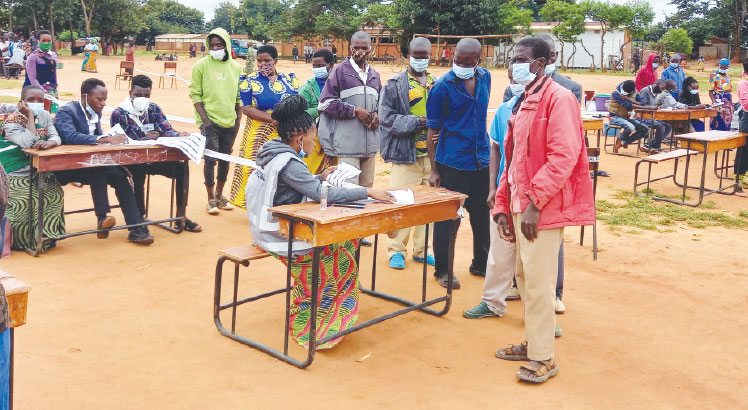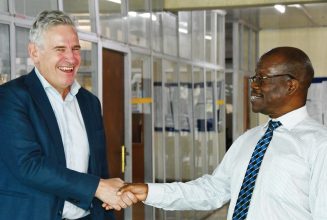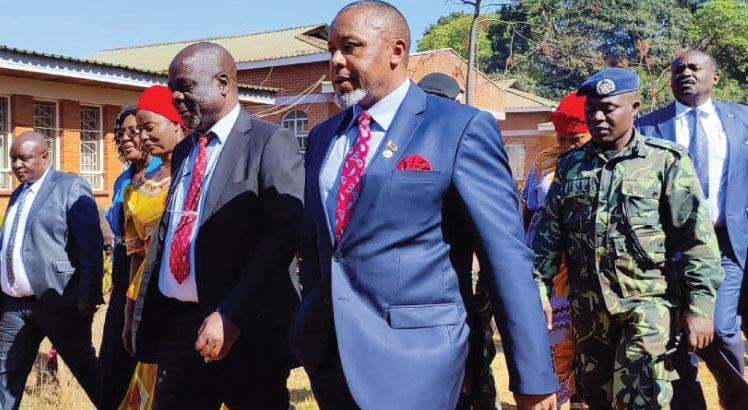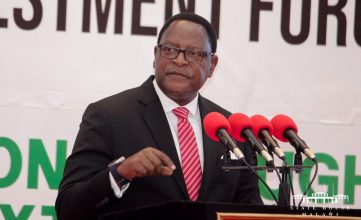‘3.4m Malawians in extreme poverty’
 Malawi Government has expressed concern that despite the country being touted as registering remarkable economic growth in the last seven years since 2005, most Malawians are still living in dire poverty.
Malawi Government has expressed concern that despite the country being touted as registering remarkable economic growth in the last seven years since 2005, most Malawians are still living in dire poverty.
The 2010/11 Integrated Household Survey (IHS) results, launched on Thursday, reveal that 24.5 percent of the 14 million population live in ultra-poverty, representing almost 3.43 million people being in extreme deprivation of human needs.
“In terms of ultra poverty, that is a condition of extreme deprivation of human needs, 24.5 percent of the population fall into this category at the national level,†said Minister of Economic Planning and Development Atupele Muluzi at the launch of the survey report in Lilongwe.
He said the urban rate of such extreme poverty stands at 4.3 percent whereas for rural areas, the ultra-poverty levels stand at 28.1 percent.
However, the IHS results indicate that poverty levels, as measured through headcount index, has “slightly†improved from 52.4 percent to 50.7 percent.
The survey results indicate that while poverty levels for urban areas has declined from 25.4 percent to 17.3 percent, in rural areas the levels has deteriorated with 0.7 percentage point from 55.9 per cent to 56.6 percent.
“Although there has been an improvement in poverty levels at national level the improvement is quite insignificant considering that we have been growing our economy at about seven percent annually since 2005. Our growth has not been inclusive enough and is not impacting on the poor,†said Muluzi.
The survey also reveals that from 2005 to 2011 the gap between the rich and the poor has been widening with income distribution indicators as measured through the Gini Coefficient deteriorating from 0.39 in 2005 to 0.45 in 2011.
The Gini Coefficient shows how close a given distribution of income is to equality and inequality with the closer it gets to one the more unequal is the distribution.
The survey has been done by the National Statistics Office (NSO) and measures areas that include both food and non-food items that make up one’s basic needs.





